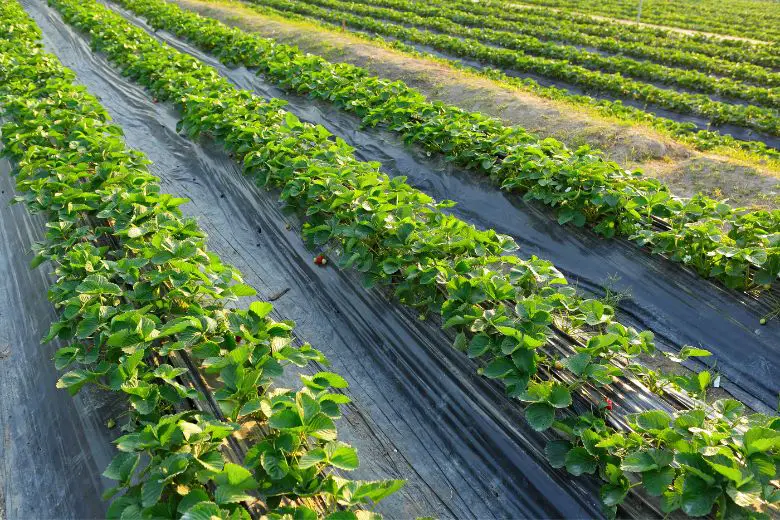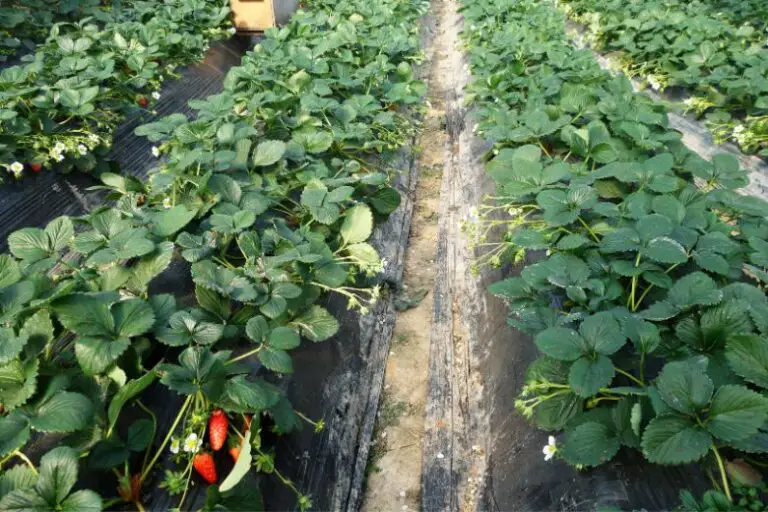Why Are My Strawberries Not Producing
As a strawberry enthusiast, you’ve planted and nurtured your strawberry plants with high hopes of indulging in a luscious homegrown harvest. However, when those delightful berries are nowhere in sight, it’s natural to feel perplexed and disheartened. Let’s explore the potential reasons behind your strawberry plants’ reluctance to produce, and discover effective strategies to turn your garden into a strawberry haven.
Understanding Strawberry Plants and Their Growth Cycle
Before we dive into troubleshooting, let’s gain a better understanding of the life cycle of strawberry plants. Strawberries undergo several stages, from germination to fruiting. The initial stages involve establishing a healthy root system and developing robust foliage. Once these foundational steps are in place, the plant gears up for the exciting fruiting phase.
Insufficient Sunlight: A Major Culprit
One of the most common factors contributing to poor fruit production is inadequate sunlight. Strawberries are sun-loving plants that thrive in full sun conditions. Insufficient sunlight can weaken the plant’s overall vigor and hinder its ability to produce fruit. If your strawberry patch is shaded for a significant portion of the day, it’s time to consider relocating or trimming nearby plants to allow more sunlight to reach your strawberries.
Inadequate Pollination: Nature’s Partnership
Strawberries rely on pollination to set fruit, and this is where the assistance of pollinators comes into play. Bees, butterflies, and other insects play a crucial role in transferring pollen between flowers, facilitating the fertilization process. If your garden lacks pollinators, your strawberries may suffer from poor fruit set. To encourage pollinators, consider planting native flowering plants nearby or setting up bee-friendly habitats.
Soil Woes: Getting the Right Mix
The quality of your soil directly impacts strawberry production. Soil should be well-draining to prevent waterlogged roots, which can lead to stress and poor fruiting. Conduct a soil test to assess its pH and nutrient levels. Strawberries prefer slightly acidic soil with a pH range of 5.5 to 6.5. Incorporating organic matter and amending the soil as needed will create an optimal growing environment for your strawberry plants.
Improper Watering: Striking the Balance
Both overwatering and underwatering can hinder strawberry production. Inconsistent moisture levels can lead to flower and fruit drop. Ensure your plants receive an inch of water per week, adjusting the frequency based on weather conditions. Applying mulch around plants helps retain moisture and prevents weeds, creating an ideal moisture balance for healthy fruit development.
Fertilization Faux Pas: Feeding for Success
While strawberries appreciate nutrients, excessive fertilization can have adverse effects. High nitrogen levels can promote lush foliage at the expense of fruit production. Instead, opt for a balanced fertilizer with higher levels of potassium and phosphorus, which support flowering and fruiting. Apply fertilizer according to package instructions, and avoid overfeeding.
Pest Problems: Uninvited Guests
Pests can wreak havoc on strawberry plants, affecting fruit production and plant health. Common culprits include slugs, snails, aphids, and spider mites. Regularly inspect your plants for signs of pest infestations, and implement appropriate control measures such as natural predators, traps, or horticultural oils.
Disease Dilemmas: Keeping Plants Healthy
Diseases can weaken strawberry plants and inhibit fruiting. Gray mold, powdery mildew, and root rot are among the potential issues. To prevent diseases, provide proper spacing between plants for air circulation, avoid overhead watering, and remove infected plant material promptly. Choosing disease-resistant varieties can also help mitigate risks.
Crowding Conundrum: Give Them Space
Overcrowding can impede strawberry growth and yield. Adequate spacing between plants prevents competition for resources and encourages better air circulation. Follow recommended planting distances to ensure each plant has room to flourish and produce an abundance of fruit.
Temperature Troubles: Finding the Sweet Spot
Extreme temperatures can negatively impact strawberry flower development and fruit set. Frost during the flowering period can cause flowers to drop, while excessive heat can lead to poor pollination. Consider using row covers to protect plants from late spring frosts, and provide shade during heatwaves to prevent stress.
Pruning Pointers: Encouraging Fruitfulness
Pruning plays a crucial role in directing the plant’s energy towards fruit production. Remove old, diseased, or damaged leaves regularly to promote healthy growth. Pinch off runners to prevent excessive vegetative growth and redirect nutrients towards developing fruit.
Varietal Matters: Choosing the Right Strawberries
The choice of strawberry variety can greatly influence fruit production. Some varieties are more suited for specific climates and growing conditions. Research and select varieties that are well-adapted to your region, taking into consideration factors such as chilling requirements, disease resistance, and day-neutral or everbearing traits.
Patience Pays Off: Time for Harvest
After implementing the necessary care and adjustments, it’s time to reap the rewards of your efforts. As strawberries progress through their growth stages, you’ll notice flowers turning into small green fruits. Be patient as these fruits mature and reach their peak flavor and color. Once fully ripe, gently pluck the strawberries from the plant, savoring the delicious results of your labor.
Conclusion
Growing strawberries is a rewarding endeavor that requires attention to detail and a bit of patience. By addressing common issues such as insufficient sunlight, pollination challenges, soil quality, and proper care, you can transform your strawberry patch into a thriving source of delectable berries. Remember, each strawberry plant is a unique entity, and finding the right balance of care will ultimately lead to a fruitful harvest year after year.






